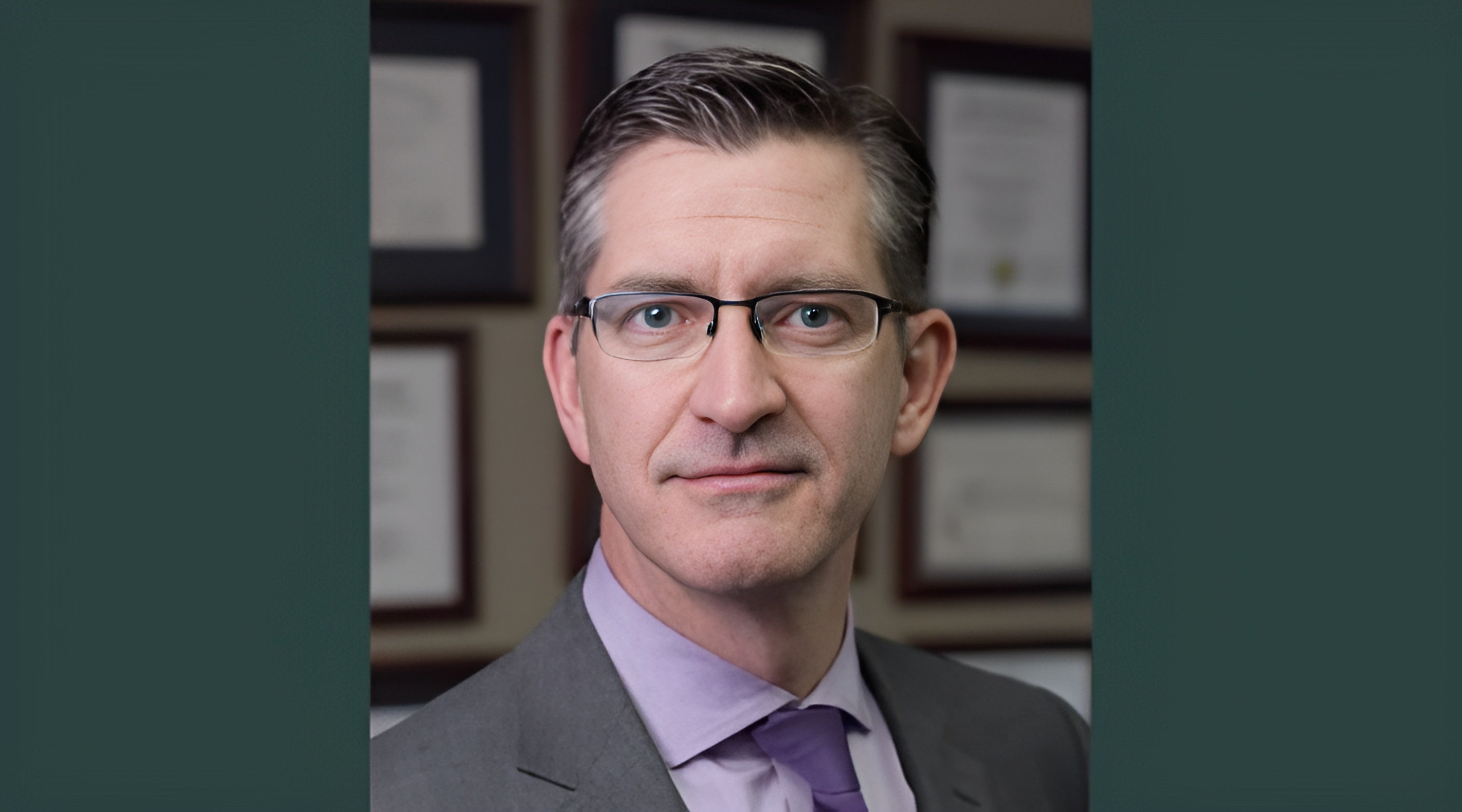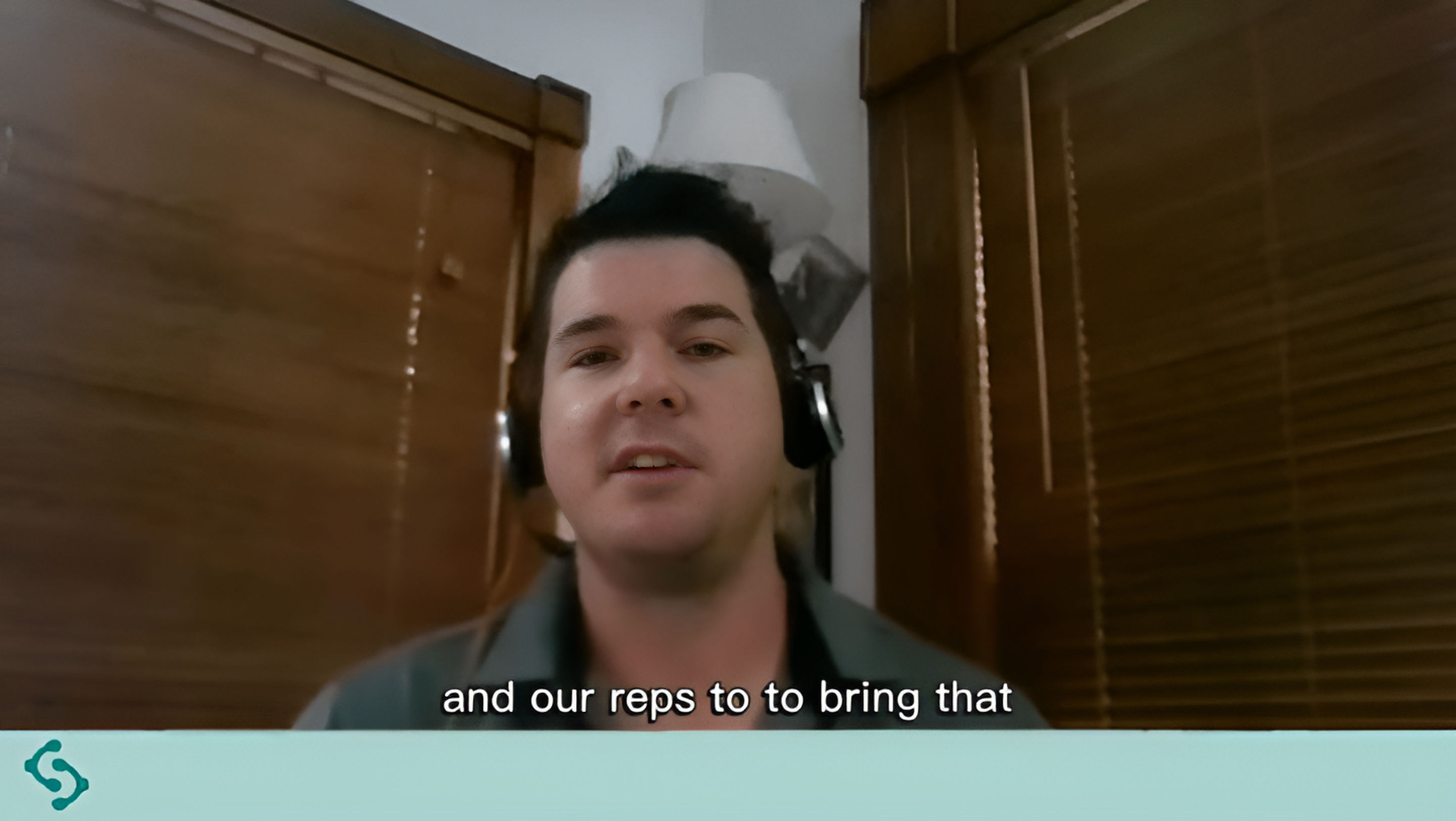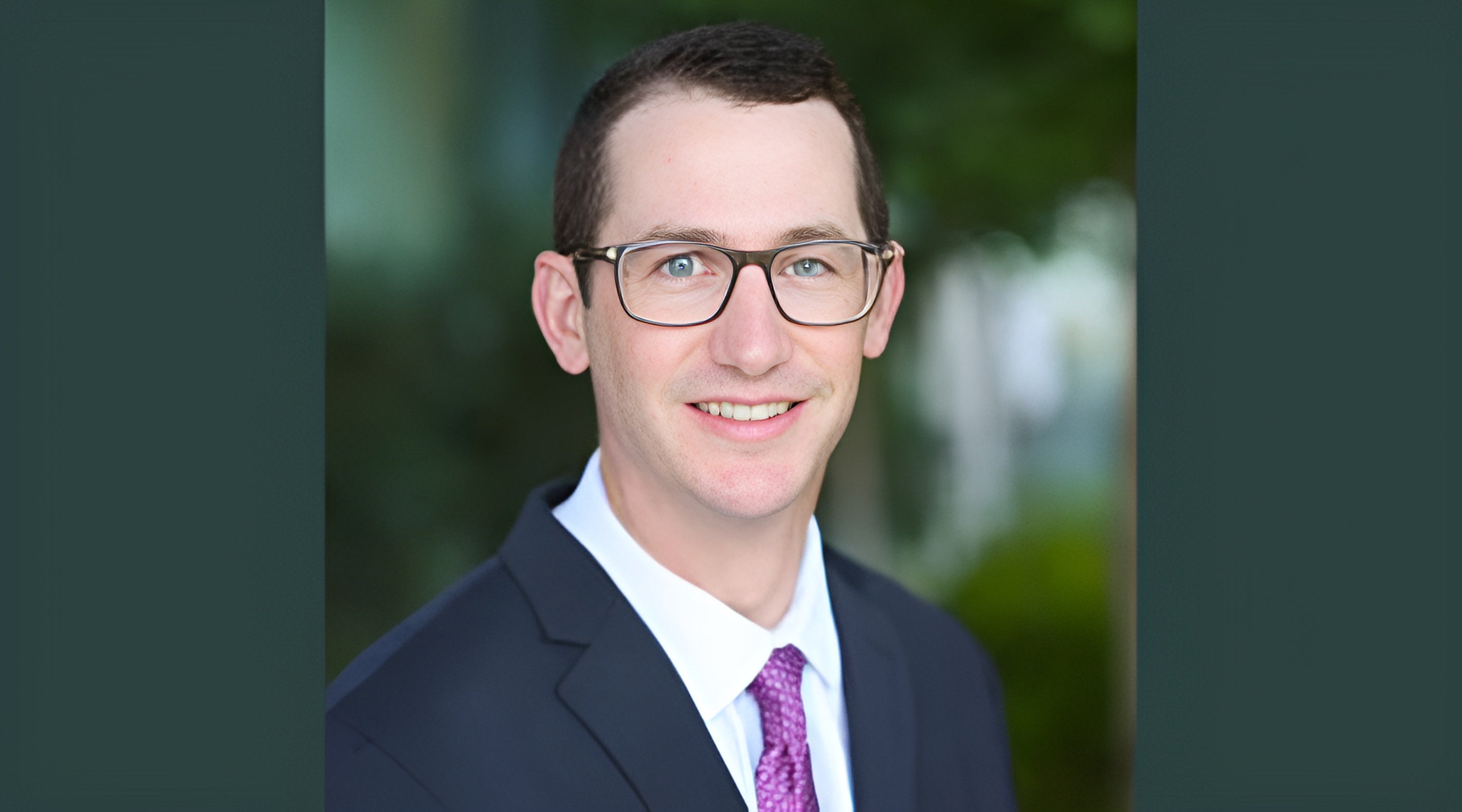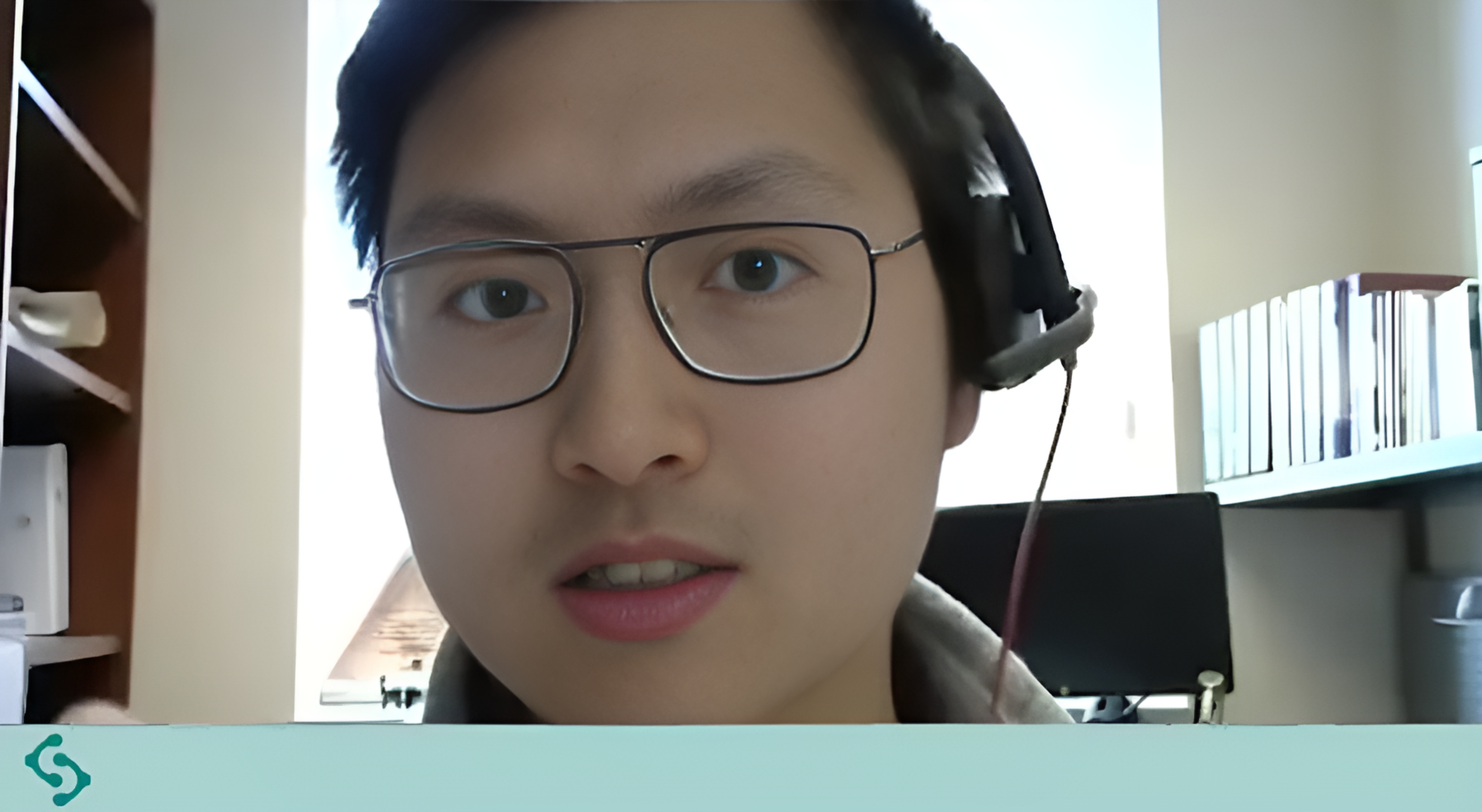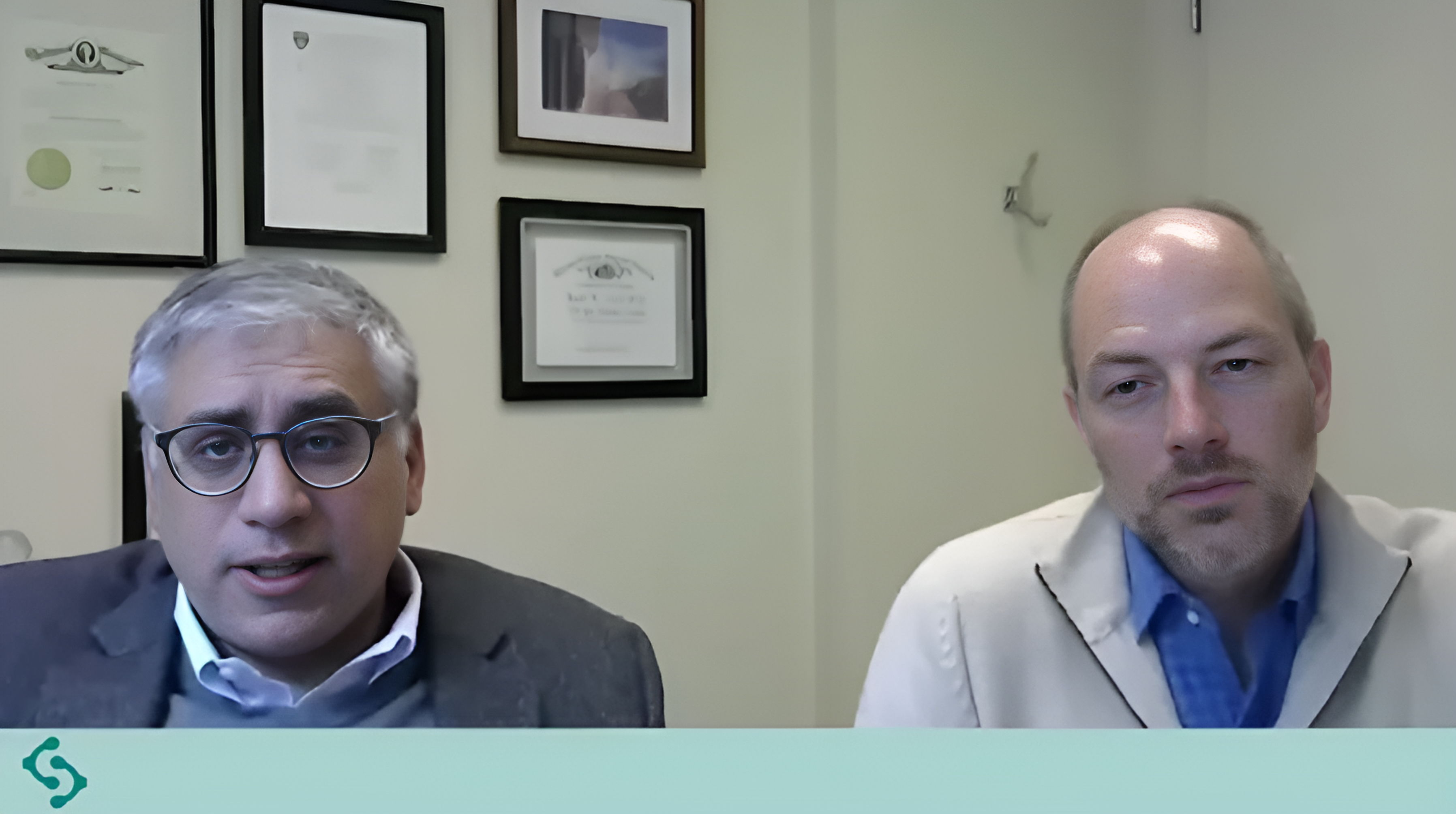Chief Medical Development Officer-OrthoAlliance
Dr. Keith Berend
Dr. Keith Berend, Chief Medical Development Officer-OrthoAlliance, Partner at JIS Orthopedics contacted us about our unique surgical training solutions in the early fall of 2022. Here are his thoughts on the models.
